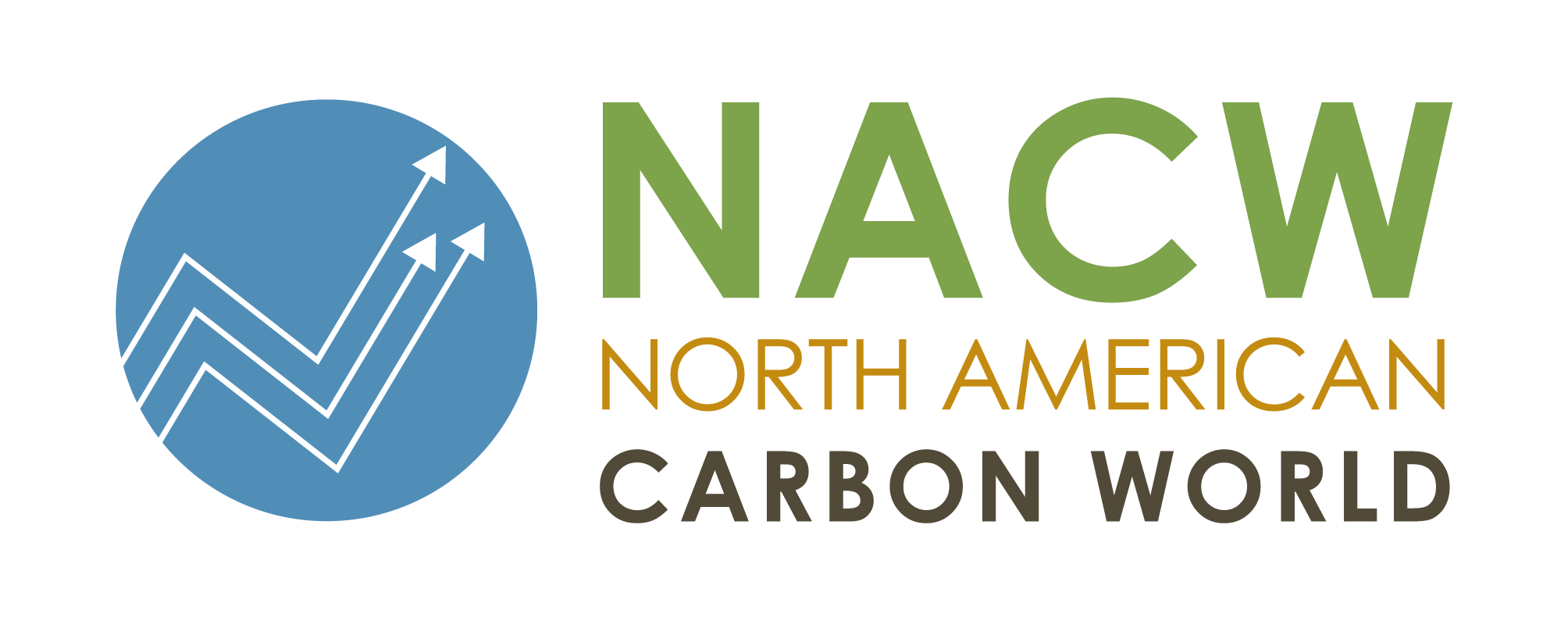In a unique alliance, Parhelion offers insurance on compliance offset credits that originate from the Climate Action Reserve
LOS ANGELES, CA and LONDON – The Climate Action Reserve, North America’s premier carbon offset registry, and Parhelion Underwriting Ltd., the leading innovator for carbon market insurance products, today announced a unique, strategic alliance to support the delivery of the first insurance product for compliance offset credits in California’s Cap-and-Trade Program. Under this alliance, Parhelion is offering insurance against invalidation for compliance offset credits that were transitioned from credits originally issued by the Reserve and the Climate Action Reserve will share its unrivalled experience and deep insight in to North American carbon offset projects, thereby, supporting the wider market development and helping its clients solve a critical risk issue.
“Invalidation of offset credits has been a concern for the market, especially for compliance buyers. While the Reserve has a well-established reputation for its knowledge and experience in reviewing offset projects and ensuring that offsets have real environmental integrity, we are always looking for ways to further protect our account holders and market participants. So, we are very excited to enter this agreement with Parhelion and be a part of this pioneering initiative,” said Gary Gero, President of the Climate Action Reserve.
The insurance product, Parhelion California ARB Offset Credit Invalidation Insurance, covers ARB Offset Credits (ARBOCs) that were transitioned from Reserve-issued Registry Offset Credits (ROCs) or Early Action Offset Credits (EAOCs). The insurance underwrites the risk of invalidation of ARBOCs, removing the financial risk associated with this from the holder of the offsets. This private insurance of the most trusted offset credits provides the assurance and security being sought by the market.
“We saw a definite need in the market for insurance covering offsets in California’s cap-and-trade program. Not wanting to commit to a risky move ourselves, we conducted exhaustive research into the offsets program and found the Reserve has an outstanding history of thoroughly analyzing projects and issuing only high quality offset credits. We are delighted to be benefiting from the Climate Action Reserve’s extensive experience and knowledge. It will give us the opportunity to provide their clients with even greater confidence in the offset created,” said Julian Richardson, CEO of Parhelion Underwriting Ltd.
The offsets program of California’s cap-and-trade market represents a key means for regulated companies to keep their costs of compliance manageable, which means extra costs are not passed on to consumers. It also provides a way to incentivize non-regulated industries to reduce their emissions. Parhelion’s offset credit insurance provides additional confidence for buyers and sellers to participate in this program.
“We designed the cap-and-trade program to ensure the integrity of the emission reductions and had hoped and expected that the private insurance market would provide a solution to backstop our right to invalidate improper offsets,” said Mary Nichols, Chairman of the California Air Resources Board (ARB). “We are very happy to see that such a product is now available and congratulate Parhelion and the Climate Action Reserve for their fine work.”












